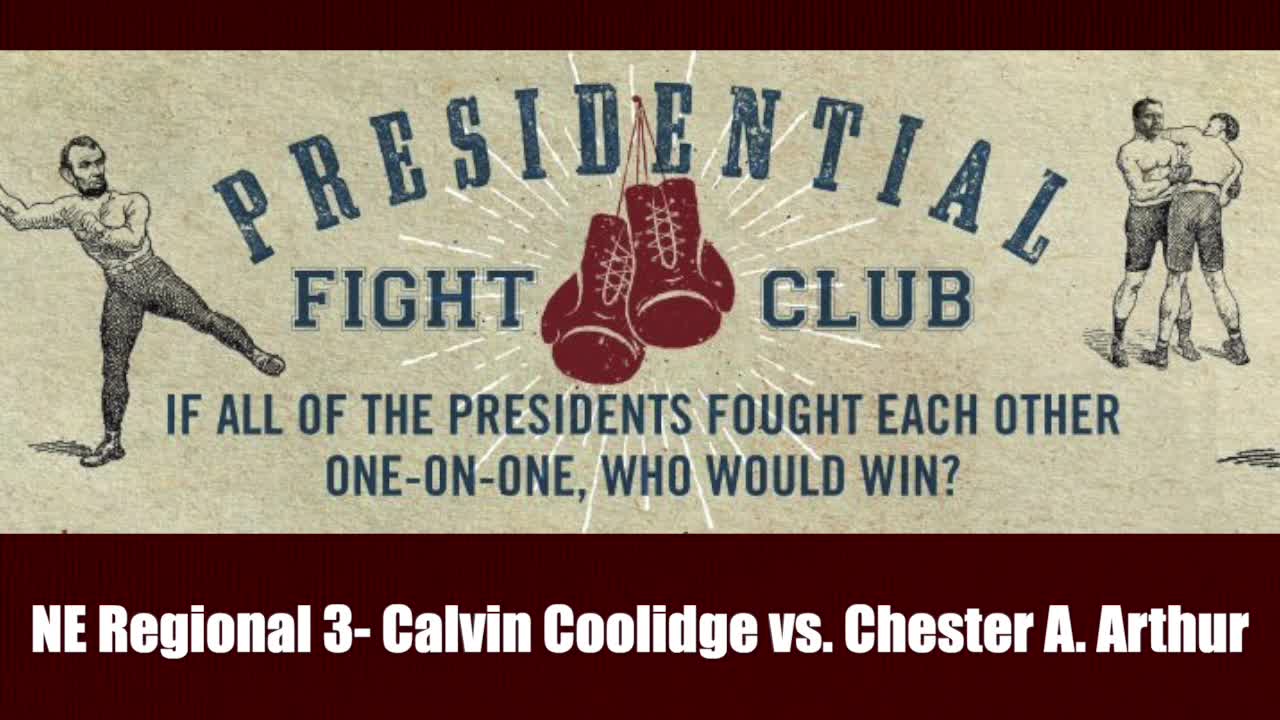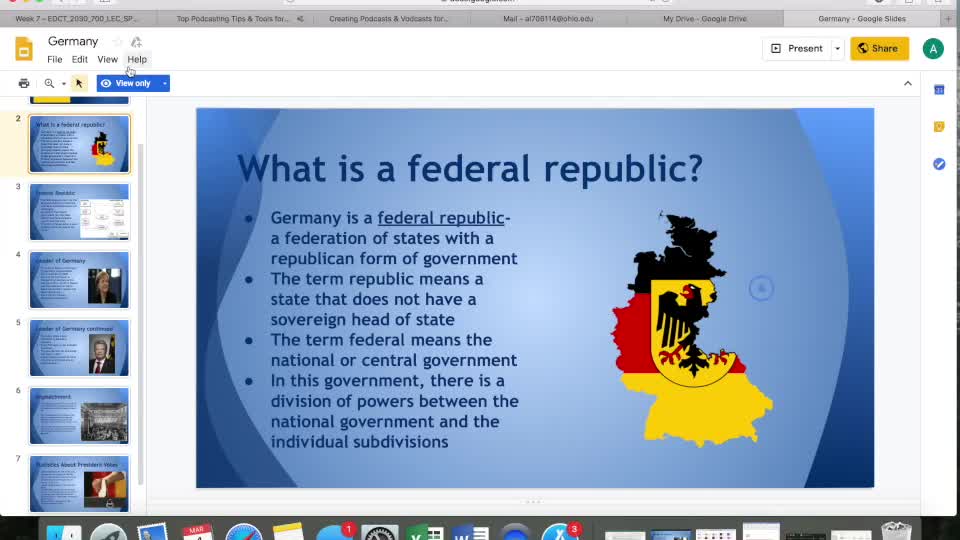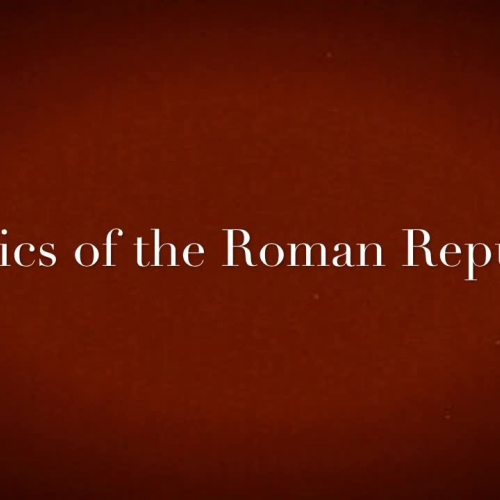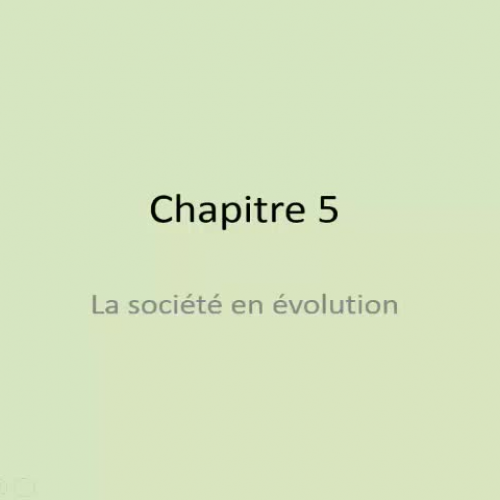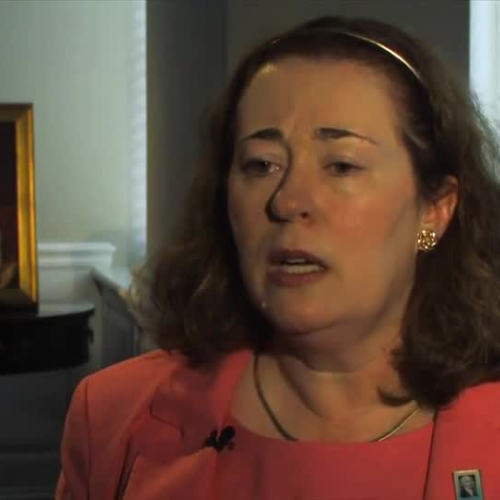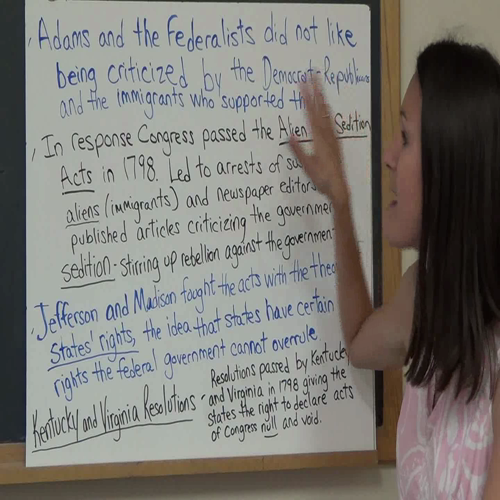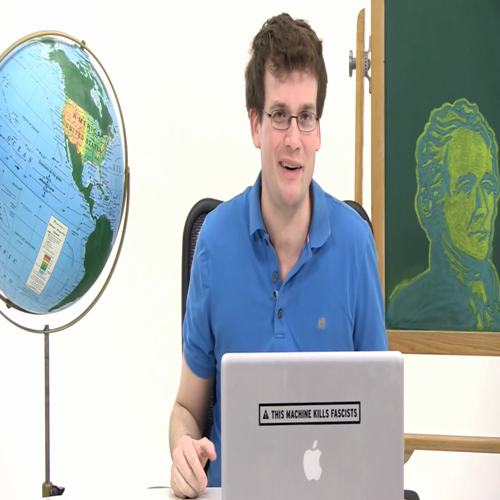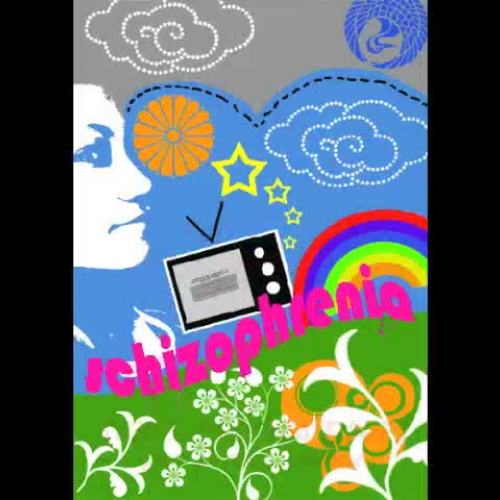High School > Social Studies > Politics Videos
Politics is often seen to be something like a dirty word. Understandably, as politics has been a major cause of division in many places. Democratic or Republican? Right-wing or left-wing? Conservative or Liberal? Clashes between opposing groups like these are common, and it is especially heightened in today’s age of social media and instant communication.
In the interest of avoiding potential conflicts that can go wildly out of control, educators often leave politics out of the classroom. While this does, somehow, maintain the "peace" in schools, it does not come without consequences. The most obvious of these is that many students no longer know how to have a civil discussion about divisive political issues. When they're out of social studies class and set foot in colleges, the chaos begins. Anyone who has an opinion different from theirs can become an enemy. They lash out at others with dissenting opinions like there's no tomorrow. It's as if they have lost respect for their fellow men and women altogether.
To combat this growing problem, politics has to be taught in social studies classrooms. But more than the conservative versus liberal spectrum, teachers must emphasize the importance of "it's okay to have different opinions." Because let's face it: not everyone will agree with a person, and he may not agree with others as well. However, it does not automatically mean that he is wrong or that other people are wrong. Many times, it's just a matter of personal preference. The things many people bicker about to the point of defaming others are, most often, petty issues.
Teaching politics should also be evidence-based, not partisan. Students ought to learn not to base their political leanings on party identity alone. Rather, they should make choices based on policies that work for the good and are based on evidence. It should not matter what political party came up with the policy.
